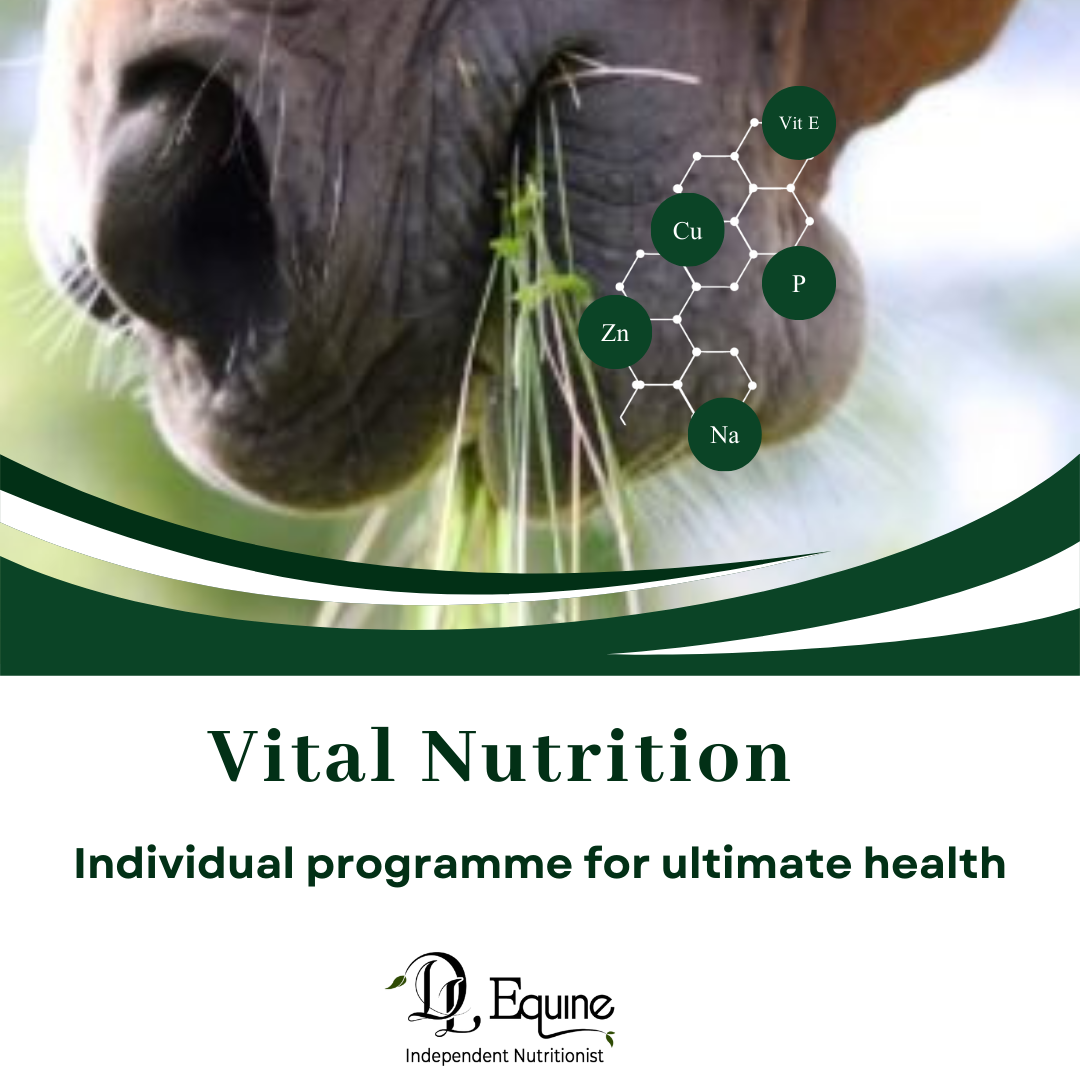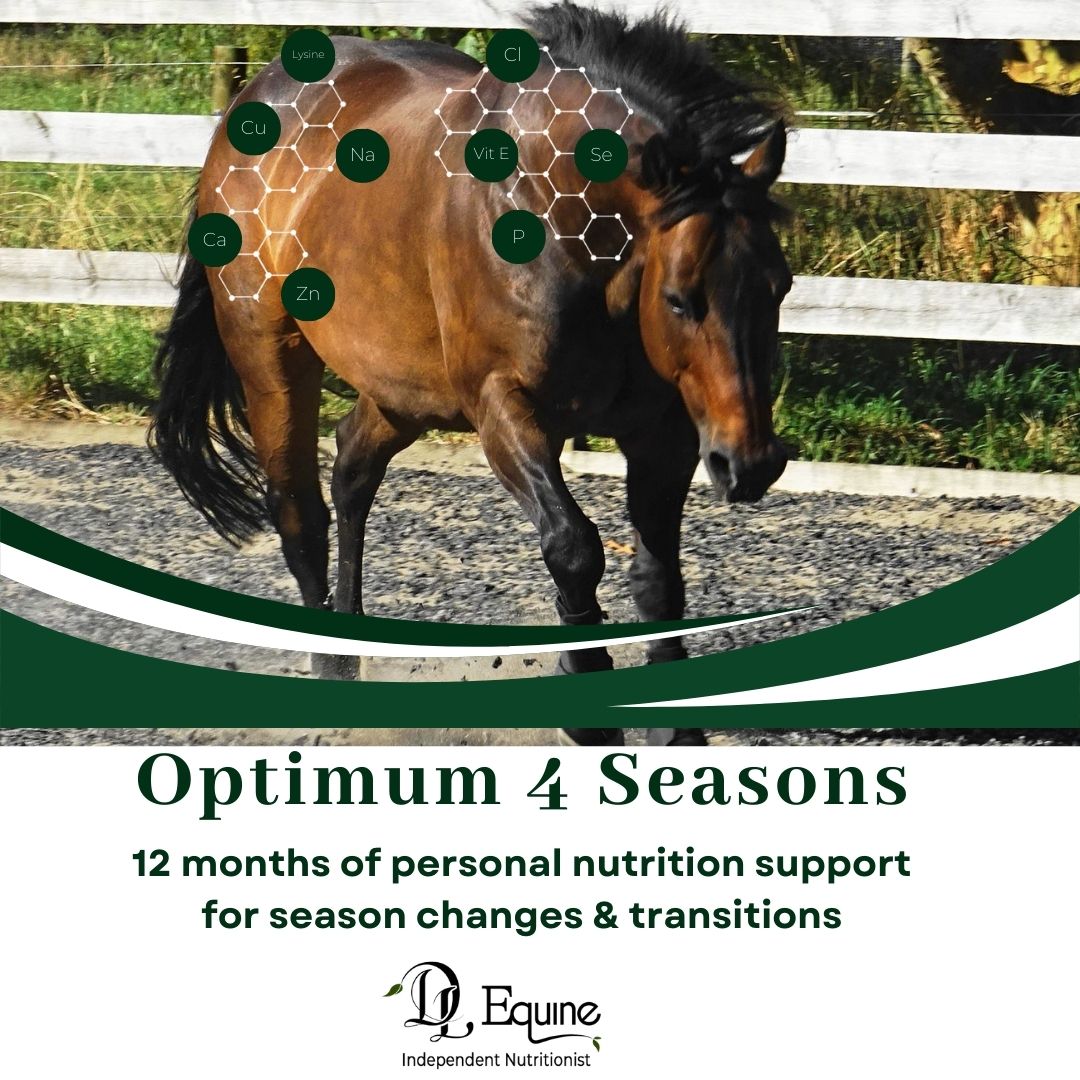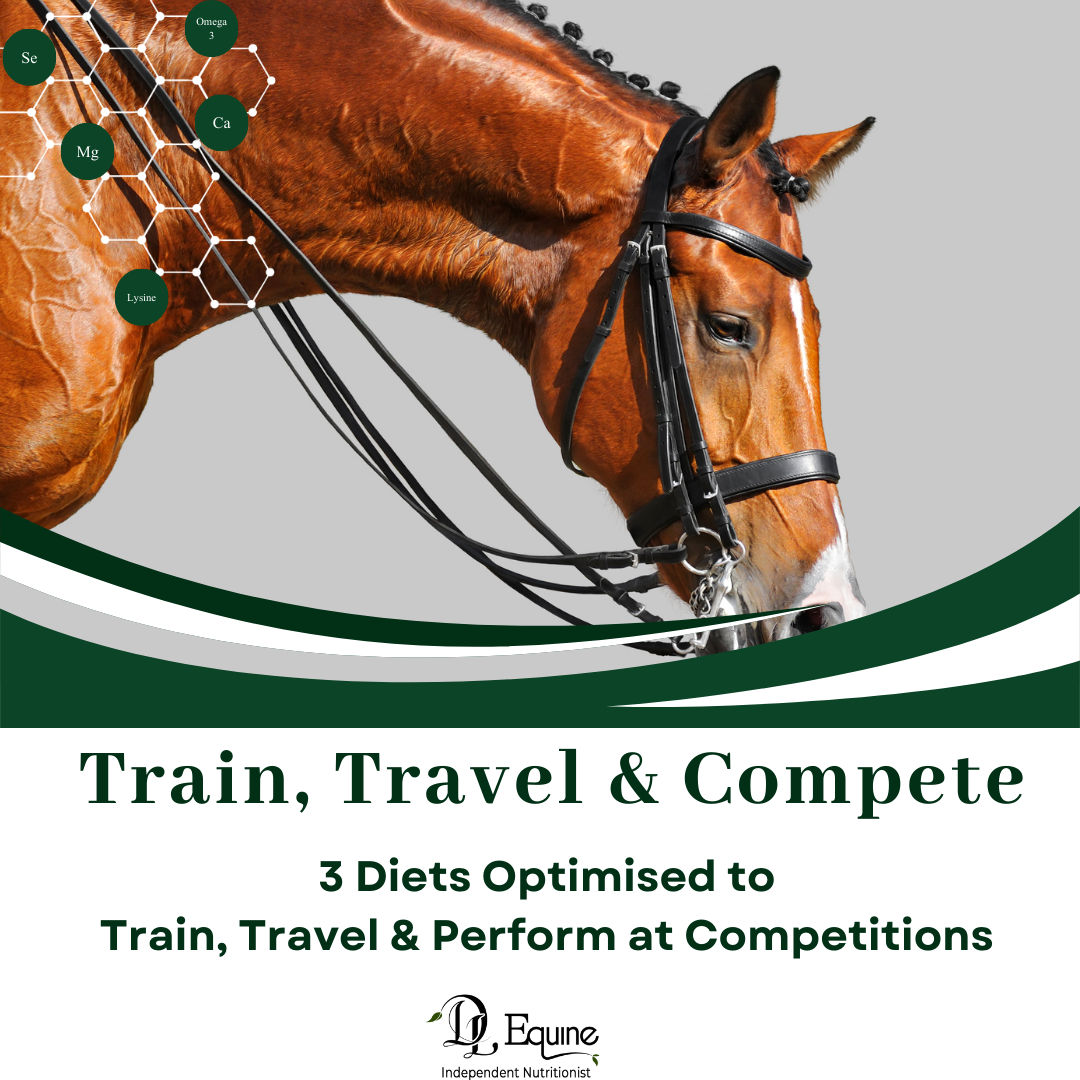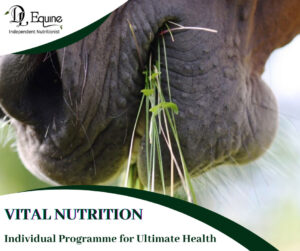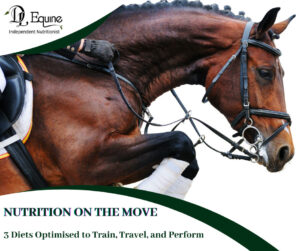What is a microbiome?
The microbiome is the community of microorganisms (such as fungi, bacteria and viruses) that exists in a particular environment. The term is often used to describe the microorganisms that live in or on a particular part of the body, such as the skin or gastrointestinal tract.
Humans, horses and other animals depend on this vast army of microbes to stay alive: a microbiome that protects against germs, breaks down food to release energy, and produces vitamins. Therefore, the microbiome plays an important role in health.
Animals have a particular set of diverse microorganisms, with a unique genetic code like an individual fingerprint.
The horse microbiome
The equine gut microbiome represents an extremely complex microbial ecosystem that is comprised of quadrillions of microorganisms. These microorganisms include bacteria, yeast, fungi, protozoa and viruses. Bacteria such as lactobacilli, streptococci, and enterococci are thought to play the most important functional role.
How does it work?
All horses belong to a family of herbivorous mammals that possess a special hindgut (caecum and colon) microbiota, enabling forage utilization for optimal nutrition.
Horses eat different types of plant material. To maximise the access to the nutrients contained within, they are dependent on their microbial population.
Horses are unable to produce the chemicals and enzymes needed to break down the fibrous plant cells themselves. So they have formed a symbiotic relationship with the microbial inhabitants of their gut. This allows the horse, as the host, to absorb the components that were previously inaccessible; locked in the plant cells.
Dr J Nichols, PhD, Director of Nutrition for Bluebonnet Feeds (gave a presentation on the equine intestinal microbiome Kemin EquiSummit, held virtually May 25-26.) Nichols compared the microbiome to an ecosystem one would find above ground, such as animals in a forest with rocks and a pond. “The microbiome is like other biological communities in which organisms interact with one another and their physical environment, both living and nonliving,” she explained.
In the intestinal microbiome the living organisms that make up the community within the ecosystem are bacteria such as lactobacilli, streptococci, and enterococci, as well as yeast/fungi. These organisms, said Nichols, “eat” carbohydrates, metabolize them, then produce volatile fatty acids the horse relies on for energy.
These microbes provide a substantial proportion (up to 70%) of the horses’ daily energy needs through this fermentation of plant material to volatile fatty acids. In addition, the microbiome is also responsible for producing some vitamins for the horse, especially vitamin K, and some B vitamins like folate.
Why is it so important?
Researchers agree that the equine intestinal microbiome’s wide-reaching effects on the horse’s overall health can be difficult to comprehend, yet understanding the equine intestinal microbiome is important.
Back to Dr J Nichols example – ‘Like a forest with birds, insects, and mammals, the members of the horse’s microbial community are specifically tailored to survive in certain environments. For example, you wouldn’t take a bird from a forest in northern New York and let it free (and expect it to thrive) in Brazil. Further, while the horse’s microbial community can shift and adjust to a certain extent to changes in the ecosystem, you should never expect fiber-loving microbes to thrive in a starch-laden environment’ –
“In the case of the intestinal microbiome, changing ingredients in the diet, adding supplements, or altering the type and amount of grain or forage alter the environment, which means the community—the microbiota—must adapt,” Nichols explained. Such adaptations in the community mean certain bacteria become more prominent and others less so. For example, if a horse consumes more fiber, then fiber-fermenting bacteria could increase in abundance as a result. In extreme situations “natural disasters” can destroy the ecosystem. In the forest analogy, this could be a hurricane or volcano that wipes out most of the living community. The community might ultimately recover, but it could take days, weeks, or even years. “In some situations, it is impossible for the community to recover,” Nichols warned.
At present, scientists believe that hindgut microbiota are principally responsible for:
- Fiber digestion and the breakdown of structural carbohydrates, such as those found in grass, hay, beet pulp and other forages. Hindgut forage fermentation provides up to 70% of a horse’s energy requirements.
- Enhancing immune functions by helping to neutralize potential toxins and protect the horse from an overgrowth of pathogenic organisms.
- Promoting gut-brain connectivity, which influences behavior. In addition to protecting horses from pathogens, microbiota produce fatty acids, hormones, cytokines and neurotransmitters. Through these various chemical pathways, microbes affect the equine mood.
Consequently, gastrointestinal disturbance in the equine microbiota can result in alteration of fermentation patterns and, ultimately, metabolic disorders.
This is because horses as hindgut fermenters, have a critical dependence on these microbes which have a small core population in the hindgut, even very small changes in the microbiome can result in diseases with obvious outward signs such as colic, colitis and laminitis, which are leading causes of morbidity and mortality in horses.
Also changes in this microbiome result in more subtle yet equally unwanted issues such as changes in hindgut dysbiosis, leaky gut, change in behaviour, inflammation, infections, (reduced immune system), bad hoof health, free faecal water syndrome, diarrhoea and reduced performance.
What causes microbial population changes?
These groups of microorganisms are dynamic and change in response to a host of factors, such as
- Stress – travel (as little as 1 hr), weaning, starting, new home, new owner…
- Exercise – working on an empty stomach, competition, lack of exercise
- Diet – changes in pasture, change in hay, change in feed
- Medication – sedation, NSAIDS (bute), dewormers, antibiotics etc
- and other exposures.
We all know that one horse doesn’t look the same as the next. This extends into their microbiota of their gut. Research has shown that even in the same pony on the same diet, these populations can change over time. Over a period of 12 to 72 hours, the bacteria found in an individual’s faeces were very similar.
However, after 6 to 12 weeks, the type of bacteria and their numbers had shifted, despite the horses being fed the same diet.
Over much larger time scales, changes have been seen. As with humans, ageing in horses has also been shown to be associated with a reduction in the diversity of the bacteria present.
What to do
As mentioned above this microbial community not only impacts the equine digestive tract but also plays an instrumental role in immune and endocrine response, cognitive function and behavior.
Keeping the hindgut properly balanced is crucial for horse health. There many things you can do to encourage a healthy hindgut.
1. Forage should make up the majority of your horse’s diet. Feed hay and a number of different fibres and grasses. The equine digestive system is designed for an almost constant, slow intake of forage, which helps to maintain proper hindgut pH levels. This is critical to influencing the abundance of good gut microbes, such as fiber-fermenting bacteria.
2. Take care with grain and high starch pasture feeding. Some horses require more calories and nutrients than forage alone can provide, but grain is often high in sugar and starch, which is difficult for the hindgut to digest. This situation is mirrored when a horse is presented with unlimited access to fresh new grass. This can have an adverse effect on pH and bacteria levels.
3. Exercise your horse! Activity helps to stimulate gut motility and can reduce the risk of impactions and gas buildup. Offer stalled horses the opportunity to be at liberty, ideally through daily turnout, in addition to regular work.
4. Fresh, clean drinking water. Most horses will naturally drink what they need when given access to clean water. Chewing and digesting dry forage alone requires a lot of water, but keeping enough fluid in their systems to keep ingested food moving is also crucial. If there’s not enough water present, these substances can dry up and block the further flow of food, leading to potentially fatal impaction colic.
5. Have your horses diet formulated and balanced by an equine nutritionist to ensure optimal digestive health.
6.Support the microbiome with pre, pro and post biotics, particularly in times of stress.
With proper feeding and management practices, a healthy microbiome contributes to good digestion, as well as improved immune and neurological function. When imbalanced, it can result in serious and potentially fatal disorders.
Feeding your horse from the ‘inside out’ ensures that you are providing a healthy microbial population, which will, in turn, help result in a healthier horse.
References:
- Ericsson, A. et al. A Microbiological Map of the Healthy Equine Gastrointestinal Tract. Plos One. 2016.
- Martin, E.J. et al (2017) Normal variation and changes over time in the equine intestinal microbiome. Abstract. Journal of Equine Veterinary Science, 52, p 60.
- Julliand, V. and Grimm, P. (2016) Horse Species Symposium: The microbiome of the horse hindgut: History and current knowledge. Journal of Animal Science.
- Weese, S. (2017) Role of the Equine Microbiota in Health and Disease. ACVIM conference proceedings.
- Kauter, A. et al. The gut microbiome of horses: current research on equine enteral microbiota and future perspectives. J Vet Intern Med. 2019.
- Salem, SE et al. Variation in faecal microbiota in a group of horses managed at pasture over a 12-month period. Sci Rep. 2018.
- Marshall, JF. and Blikslager, AT. The effect of nonsteroidal anti?inflammatory drugs on the equine intestine. Equine Vet J. 2011.
- Weese, J. S., Holcombe, S. J., Embertson, R. M., Kurtz, K. A., Roessner, H. A., Jalali, M., & Wismer, S. E. (2015). Changes in the faecal microbiota of mares precede the development of post partum colic. Equine veterinary journal, 47(6), 641-649.

